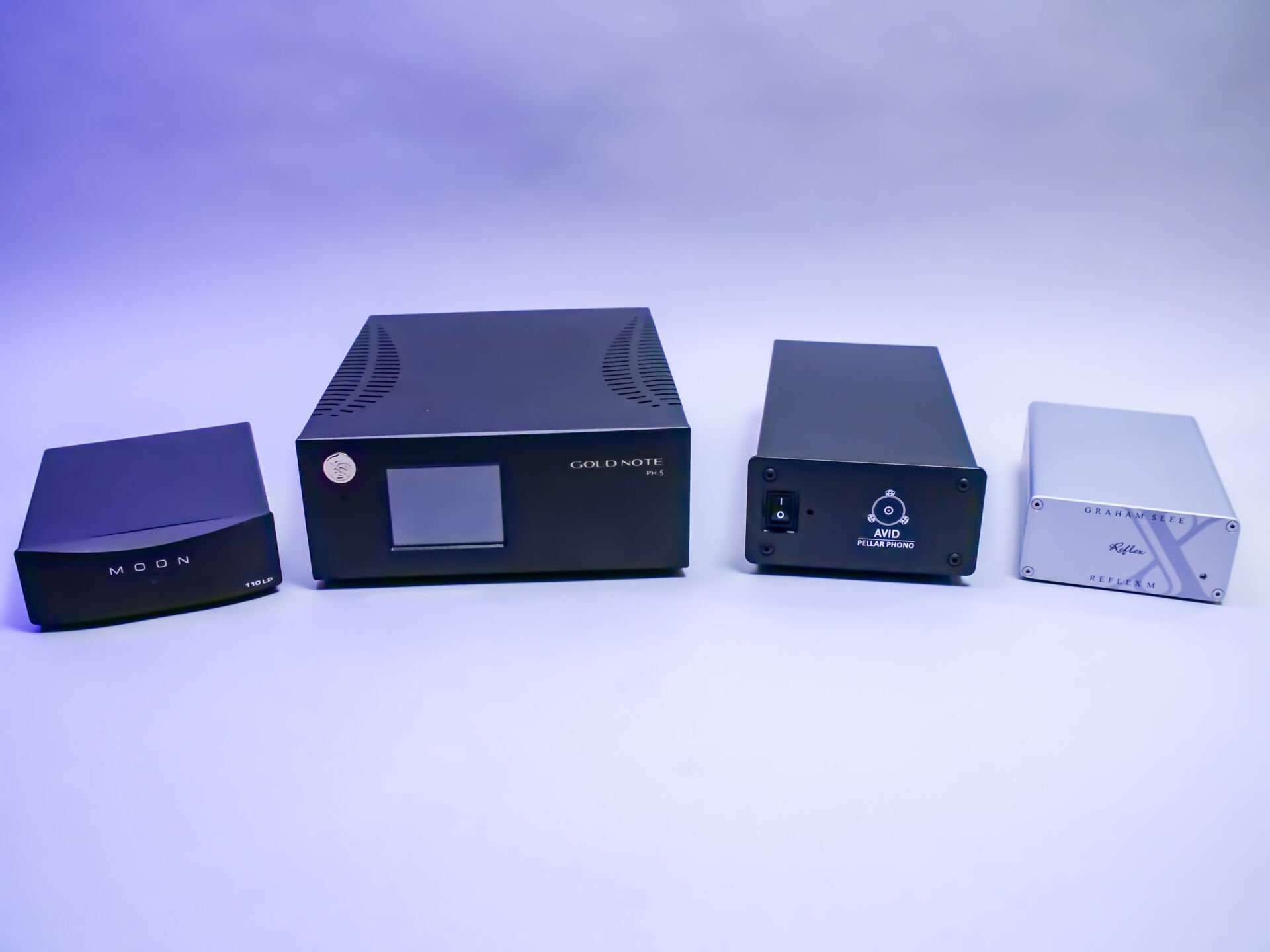

Intro
Contents
Vinyl has been hot for a couple of years now and it will stay that way for a while (we guess). But if you thought you were finished with a nice turntable, then you should definitely read through. Welcome to the world of phono preamplifiers. We are testing the reference model of the Swedish Primare: the Primare R35.
When the CD player was introduced in the 80s, each amplifier had one or more inputs for a turntable. As the CD gained more ground, turntables disappeared from view and thus the ‘phono’ input on amplifiers. With the introduction of digital audio from streamers and computers, we see digital inputs appear on (pre-)amplifiers (coaxial, optical, usb…). But no phono, although with integrated amplifiers in the price range up to approximately € 1,000 euros we see this option more and more gaining ground again. We often get the question in which a phono input differs exactly from a line-audio input.
Mega amplification at micro level
On an RCA, single ended or unbalanced line input, an input voltage of 0,3 to 2 volts is standard. So this is a standardized signal level. The output voltage of a phono cartridge is many times lower; a moving magnet element (MM) is usually around 0.005 Volt; a moving coil (MC) element gives an even weaker signal: on average 0.0005 Volt, sometimes up to 0.0002 Volt.
To amplify a signal coming from a phono element to line level, an amplification factor of 50 to 1500 is needed! In dB, the gain factor is even more impressive: 30-40 dB for an MM element and 60 dB for MC.
Phono preamps are therefore powerhouses at micro level. For this reason, it is very important that the power supply is clean: no noise on the line. All micro distortions are transmitted in macro-level with a phono preamp.
C-value
Because the output voltage of phono elements is not standardized, the tuning of the element to the phono preamp is crucial. Two settings are important for this: the resistance of the element and the capacitive value. A valued reader of Alpha-Audio wrote the following about this in a contribution to an earlier review.
The capacitive value (…) is the total value, not just the value of the phono cartridge. Normal coax cables have a capacitive value of 80-120 pF (picofarad) per meter. Then the the wiring in the player/arm is not included yet. That will be very little (10 pF)
What you also have to take into account is the value of resistance and induction of the used coils of the element. A combination of all these values ultimately affects the entire sound. You were referring to an article (with thanks). I had the one from Hagerman Technology, see http://www.hagtech.com/loading.html
As an example the specifications of the Ortofon 2M Red:
Internal impedance, DC resistance – 1,3 kOhmInternal
inductance – 700 mHRecommended
load resistance – 47 kOhmRecommended
load capacitance – 150-300 pFThat’s also the reason why I adapted the past my Shure M75E, M95E, Goldring G820 with Van den Hul needle in the Thorens TD165. I also used another coax cable (80pF per meter) This resulted in a calmer overall sound (S-sounds from singers and cymbals of the drums were less pronounced). I calculated the C-value, soldered the small caps under the arm and with listening sessions I finally adjusted it.














